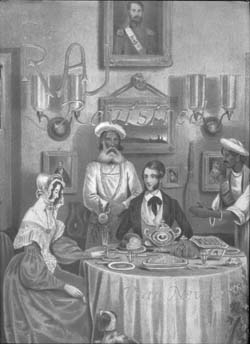Fascination with ‘Otherness’ manifests it- self in many ways; whether it is the intrepid 16th century European explorers embarking on dangerous journeys time and again to find strange new lands, or writers travelling across cruel landscapes to meet new people and create new genres or painters reaching out to exotic settings and subjects for their art.
May 2014, volume 38, No 5

